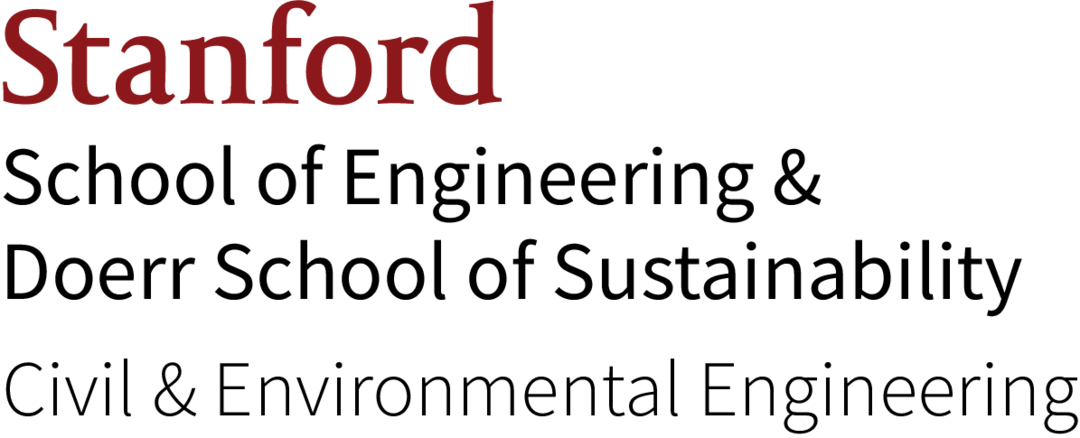CEE Summer Undergraduate Research Program
The Department of Civil and Environmental Engineering offers an undergraduate research program through funding provided by Stanford’s Vice Provost for Undergraduate Education. The summer program is offered in partnership with the Sustainability, Engineering and Science Undergraduate Research Program (SESUR). Students are supported with a $7500 stipend for 10 weeks at full time effort with a supplemental stipend available based on financial need. The program supports full-time research appointments over the summer session and research awards will be based on a competitive application process.
Please review the SESUR Application Instructions page for deadlines, requirements, and a link to the application.
2024 Research Theme
The theme of this year's undergraduate research program is “Engineering for Sustainability” which can be broadly interpreted within all program areas of civil & environmental engineering and related fields (e.g., architecture, earth sciences, etc).
Research Projects
Summer 2024 research projects with CEE faculty are posted here. Students should contact faculty mentors to discuss their interest in their sponsored research project below submitting an application. Applications are due by February 15, 2024 and should be submitted via the form linked below.
